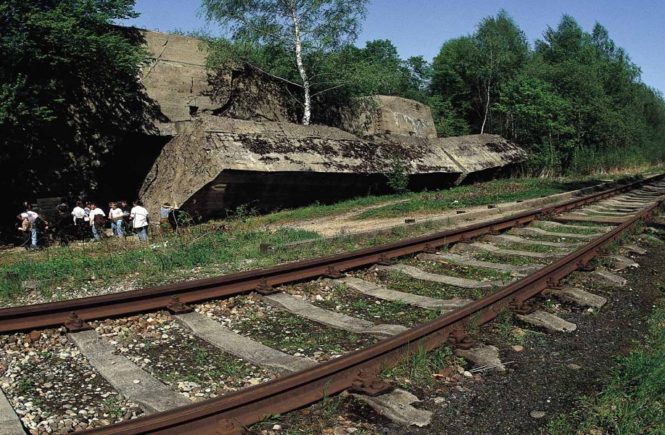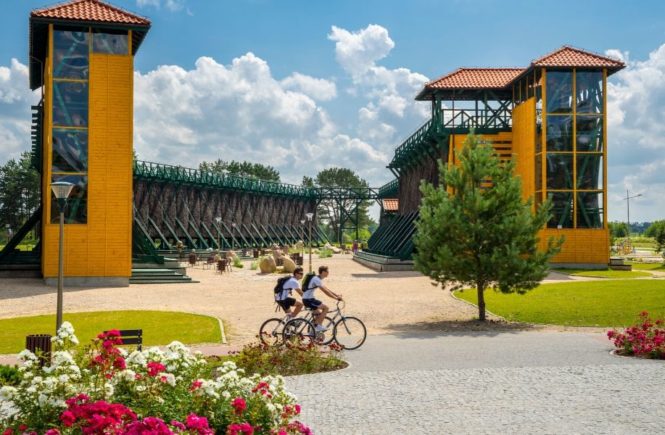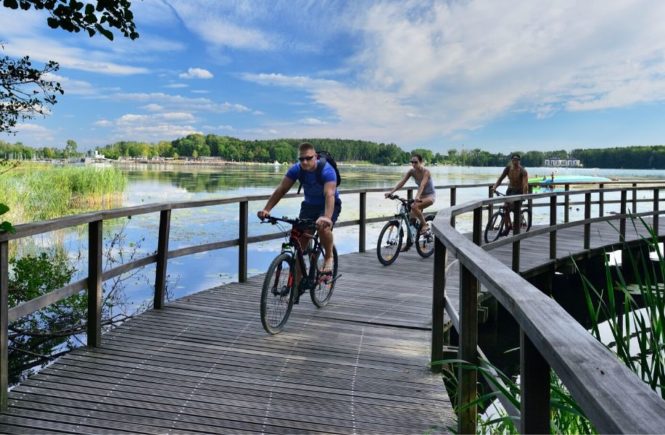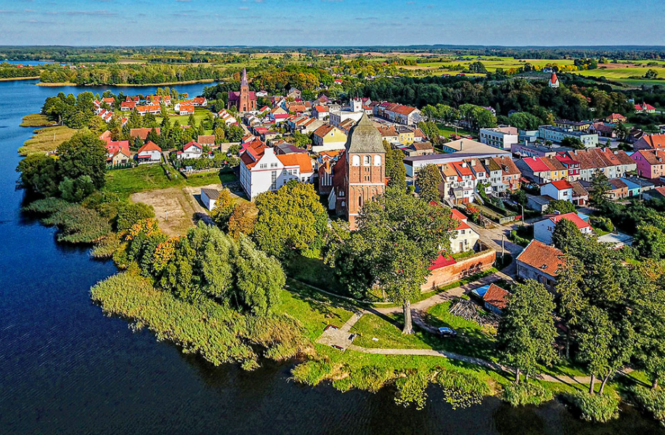The Great war also known as World War I changed the face of Europe, Poland, which had been absent from the map of Europe for 123 years, was reborn. Many of the War paths, which had led to Independence 100 years ago, left their mark in Varmia and Masuria.
The Road trail known as the Eastern Front Trail, which goes through 5 voivodships, was developed to help tourists learn about historical places and reminders of acts of war. The Masurian Route is 580 kilometres long and links places connected with German-Russian fights, especially with the epic Battle of Tannenberg (1914) and campaigns in the Land of the Great Masurian Lakes (1914, 1915), which were won by Germany.
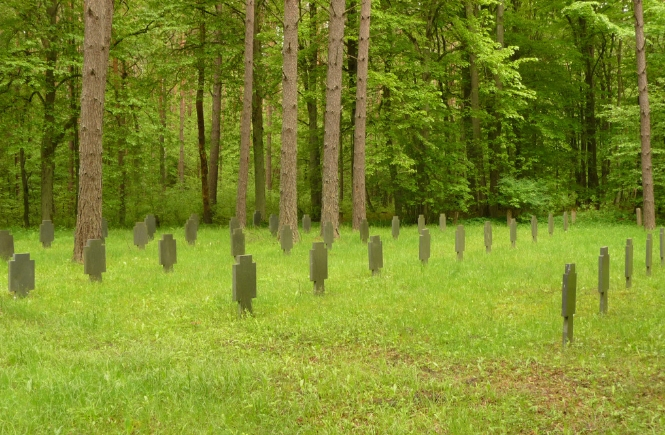
The Boyen Fortress, built on the isthmus among three lakes between 1843-1855, played a significant role in two battles by the lakes. It is the only Prussian fortress of this type in Poland and one of the best preserved defensive towers. The fortress covers 100 ha and it is in the shape of irregular six-armed star surrounded by a brick wall, a so called ‘Carnot Wall’ with a length of 2,3 kilometres and a height of around 5 metres. The fortress was the central point of Giżycko’s field Position which consisted of 255 fortifications and the remains of several fortifications can still be seen close to Giżycko.
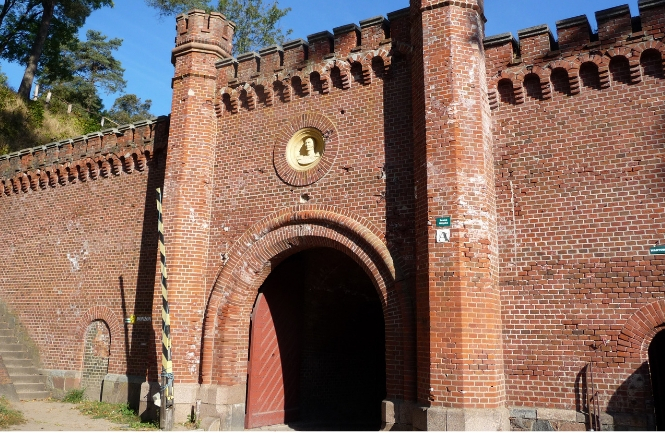
The Masurian Lake Position, located on the Bogaczewo-Mikołajki-Ruciane-Nida Trail, is another example of fortifications combining defensive structures with natural defences and near Ruciane-Nida you can see three preserved tower bunkers.
While following the Trail you can admire not only fortifications but also other, old architectural monuments, unspoilt nature and the modern attractions of Masuria. The Trail of Masurian Fortifications (438 km) has a lot in common with the Eastern Front Trail of World War I. It is a trail where you can see medieval mounds. Teutonic castles and military buildings from the First and Second World Wars and among those military buildings you can find a complex of shelters in Gierłoż the ‘Wolf’s Lair’ where Hitler directed WW2 from and in nearby Mamerki, the Headquarters of the German Land Forces at that time.
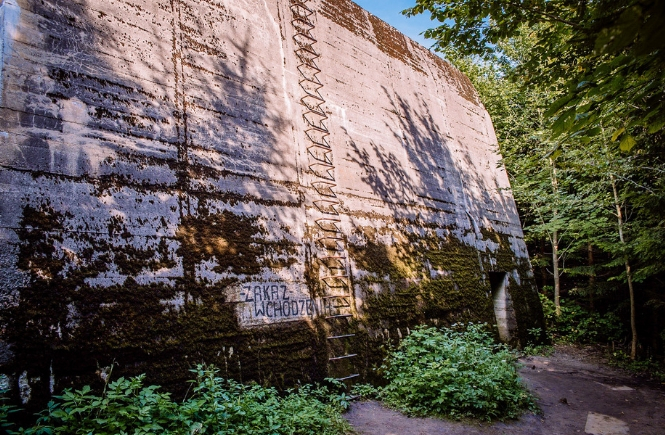
By Rafał Śliwiak

